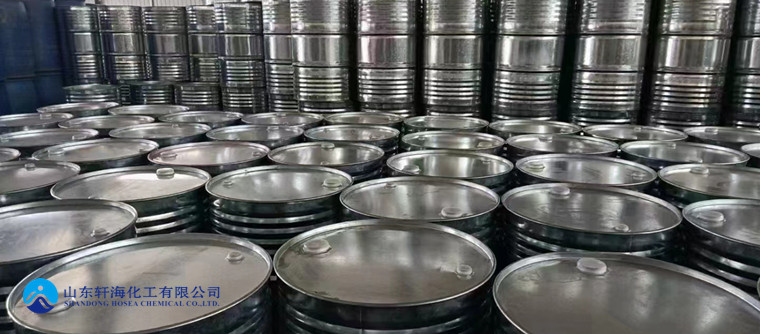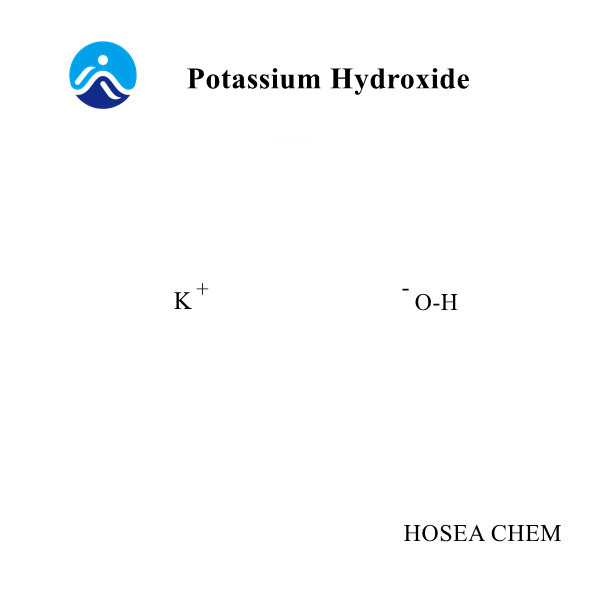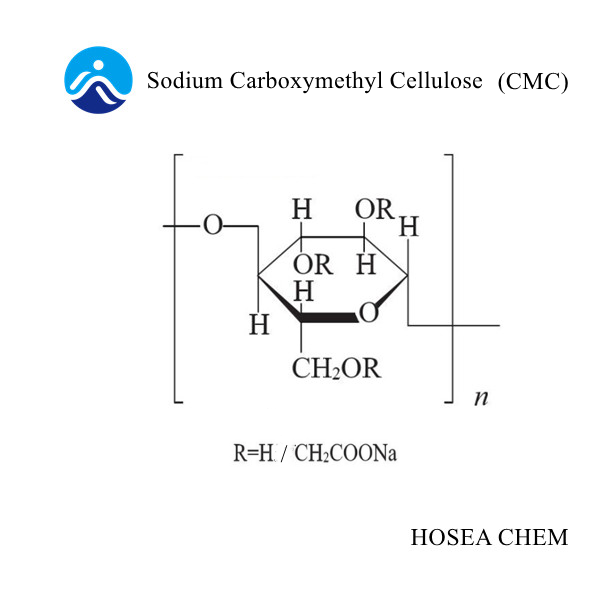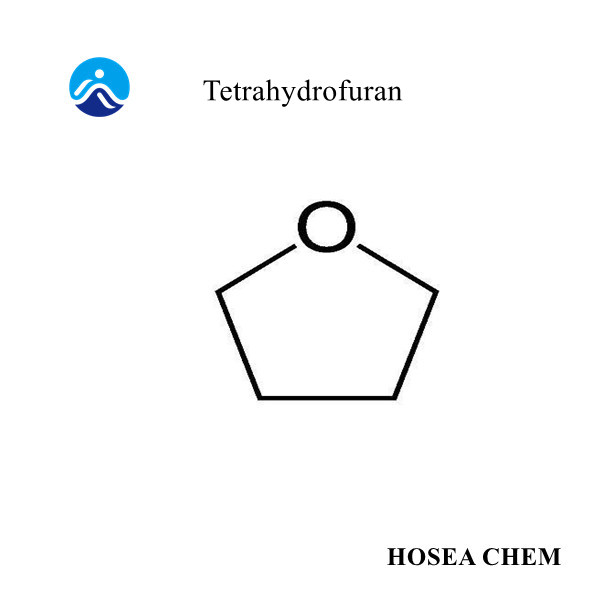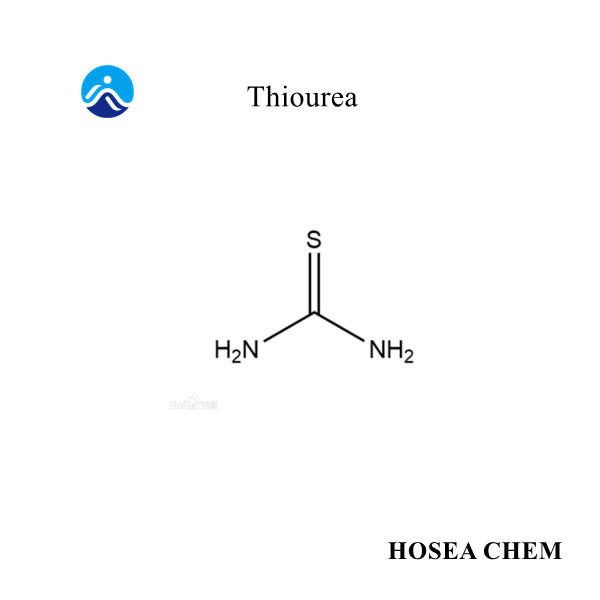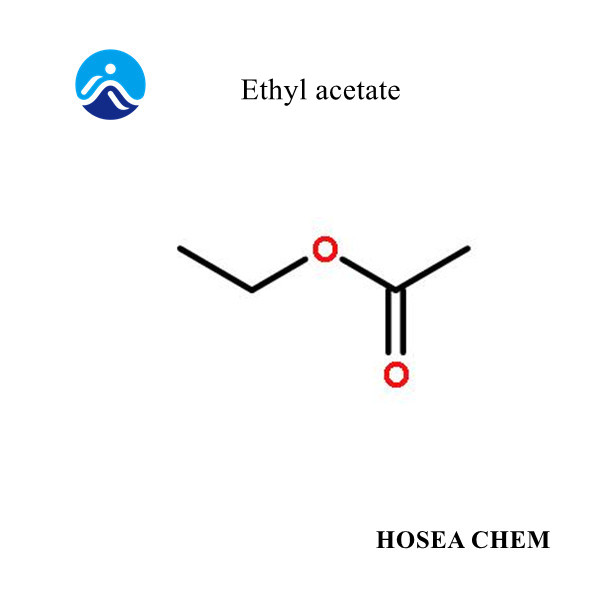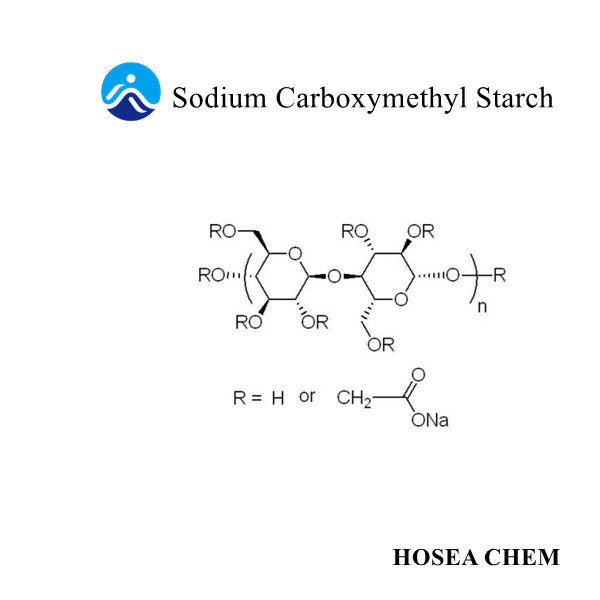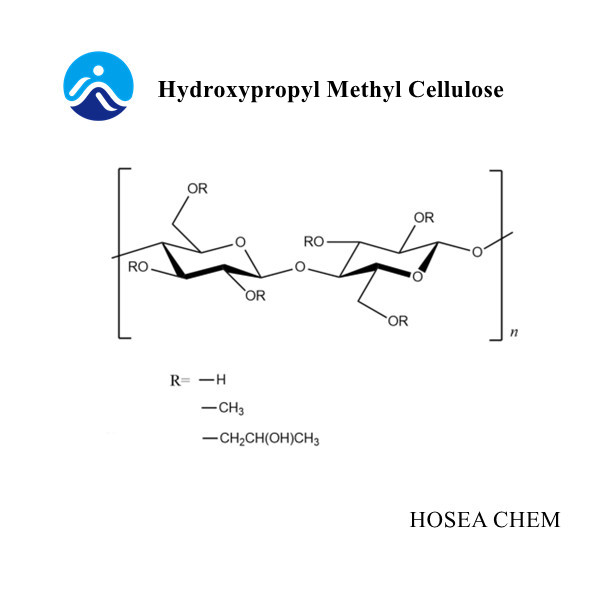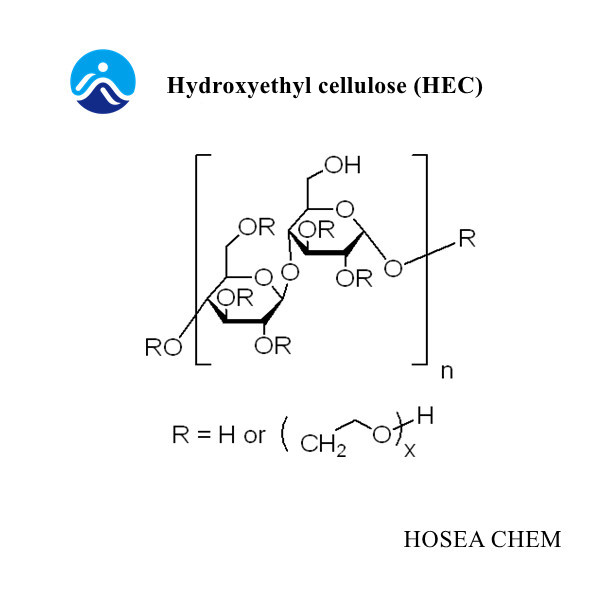Phenol Product Introduction
2023-12-29Phenol (Commonly known as: Carbolic acid, Oxybenzene)
Definition: molecular formula is C6H6O, mainly produced from the oxidation and decomposition of cumene. It is an important organic chemical raw material and can be used to produce Phenolic resin and Bisphenol. A variety of chemical products and intermediates such as A are also used as solvents and disinfectants.
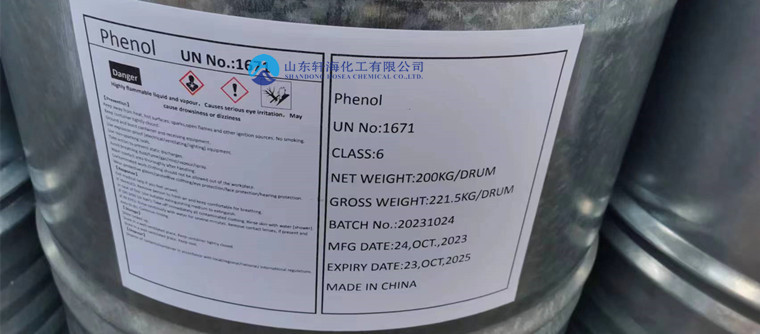
Phenol Product Features
Phenol is an organic compound with the chemical formula C6H5OH. It is a colorless needle-shaped crystal with a special smell. It is toxic and is an important raw material for the production of certain resins, fungicides, preservatives and drugs (such as aspirin). It can also be used to disinfect surgical instruments and excreta, skin sterilization, relieve itching and otitis media.
The melting point is 43°C. It is slightly soluble in water at room temperature and easily soluble in organic solvents; when the temperature is higher than 65°C, it can be miscible with water in any proportion. Phenol is corrosive and will denature local proteins upon contact. If its solution touches the skin, it can be washed with alcohol. A small part of phenol is oxidized to quinone by oxygen when exposed to air and turns pink. It turns purple when encountering ferric ions. This method is usually used to test phenol.
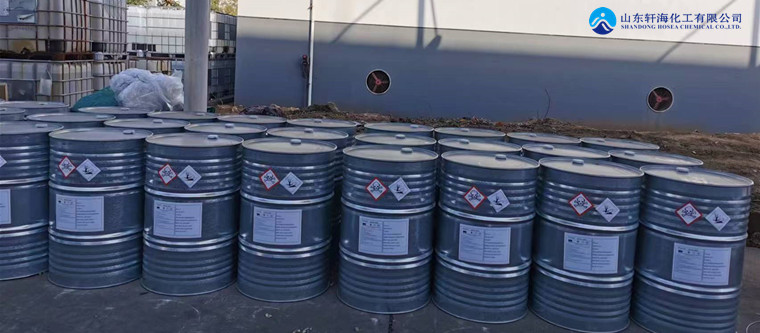
Main uses of Phenol products
Widely used in the manufacture of phenolic resins, epoxy resins, nylon fibers, plasticizers, developers, preservatives, pesticides, fungicides, dyes, medicines, spices and explosives, etc.
Industry
Phenol is an important organic chemical raw material, which can be used to produce phenolic resin, caprolactam, bisphenol A, salicylic acid, picric acid, pentachlorophenol, 2,4-D, adipic acid, phenolphthalein n-acetyl ethoxy Aniline and other chemical products and intermediates have important uses in industries such as chemical raw materials, alkylphenols, synthetic fibers, plastics, synthetic rubber, medicines, pesticides, spices, dyes, coatings and oil refining. In addition, phenol can also be used as a solvent, experimental reagent and disinfectant. The aqueous solution of phenol can separate the proteins and DNA on the chromosomes in plant cells, making it easier to stain the DNA.
Medical
Usage and dosage
1. Instrument disinfection and excrement treatment with 1% to 5% aqueous solution.
2. Skin sterilization and anti-itching: Apply 2% ointment to the affected area.
3. For otitis media, use 1% to 2% phenol glycerin ear drops, 3 times a day.
Preparation and specifications
Phenol ointment: 2%.
Phenol glycerin: ①1%; ②2%.
Dosing Instructions
This product has strong tissue penetration and is only used on small areas of skin. High-concentration external use can cause tissue damage and even necrosis. The aqueous solution should be used on the body surface, and the concentration should not exceed 2%. No sealing should be added after external use.
Adverse Reactions
This product is corrosive and irritating to tissues. It has been reported that using phenol to disinfect and clean cradles and mattresses in poorly ventilated places can cause hyperbilirubinemia in newborns, which has been confirmed to be fatal to infants.
Contraindications
It is contraindicated for children with diaper dermatitis and infants under 6 months old. Avoid application to broken skin and wounds.
